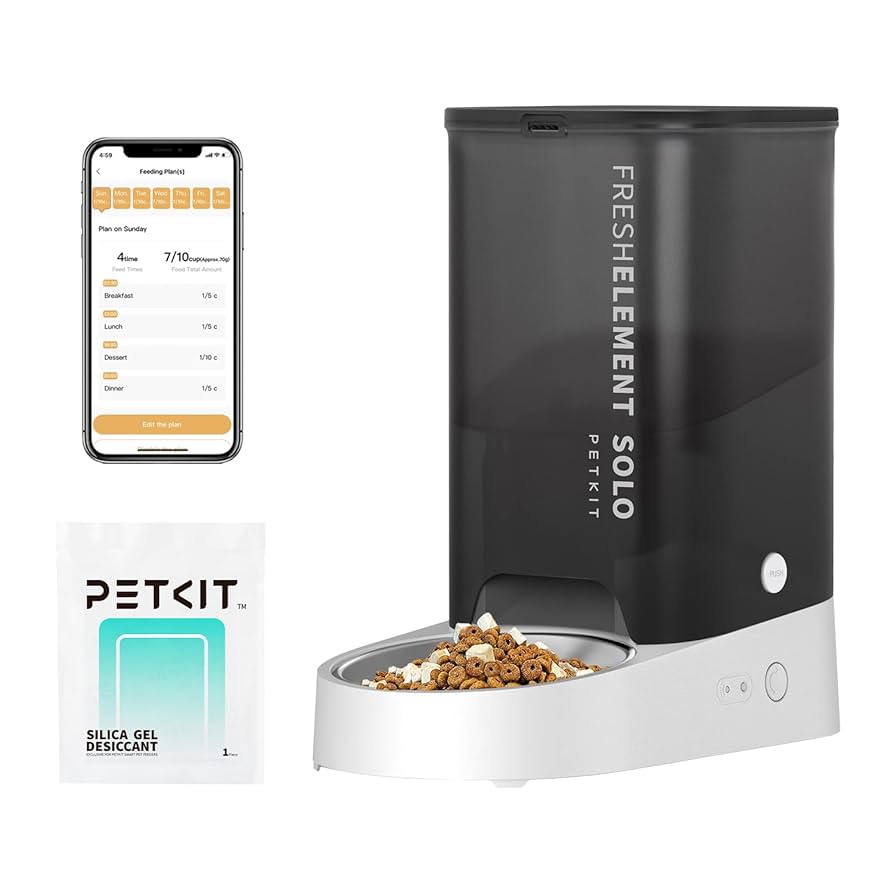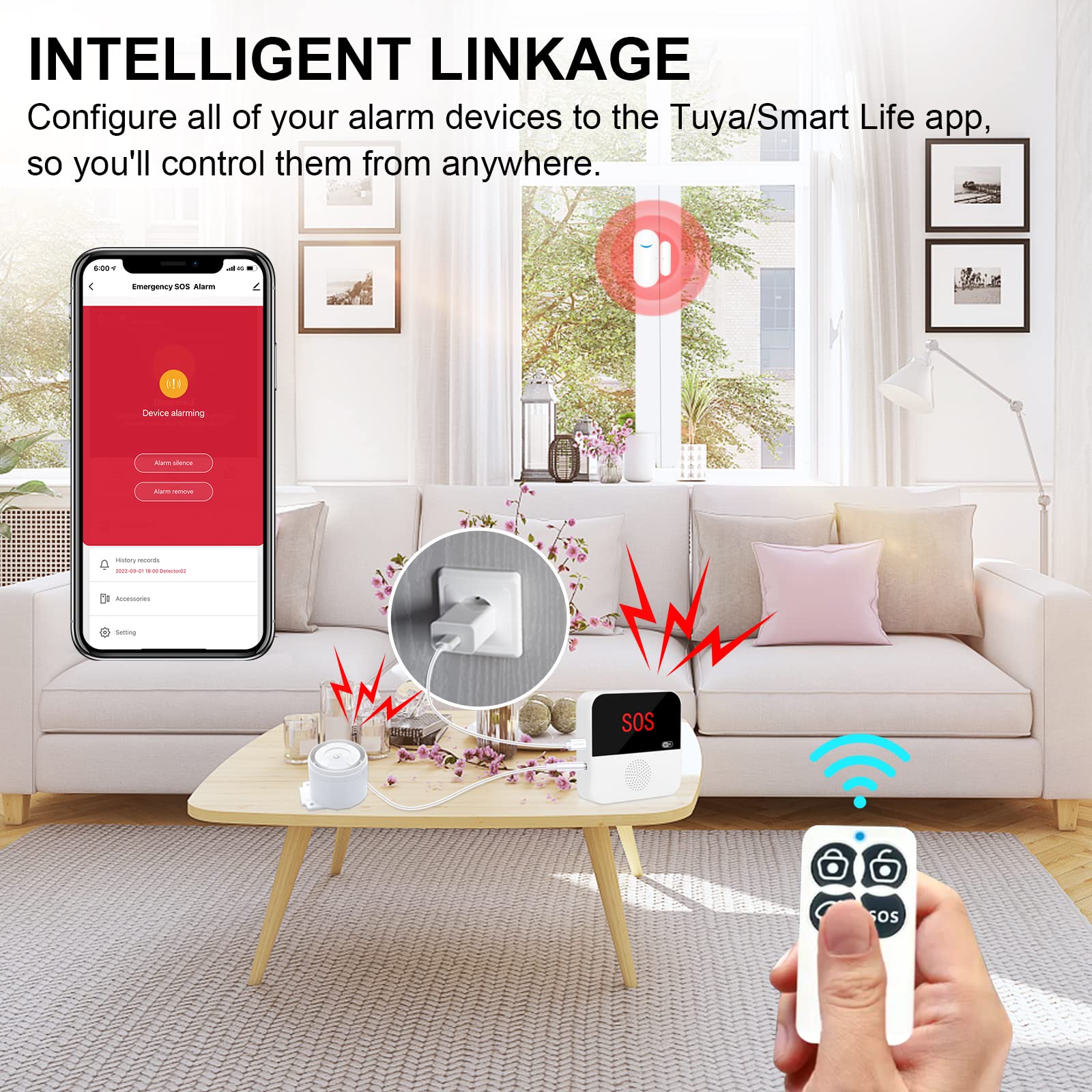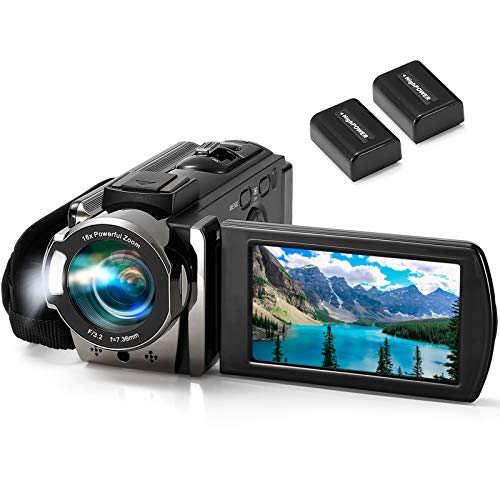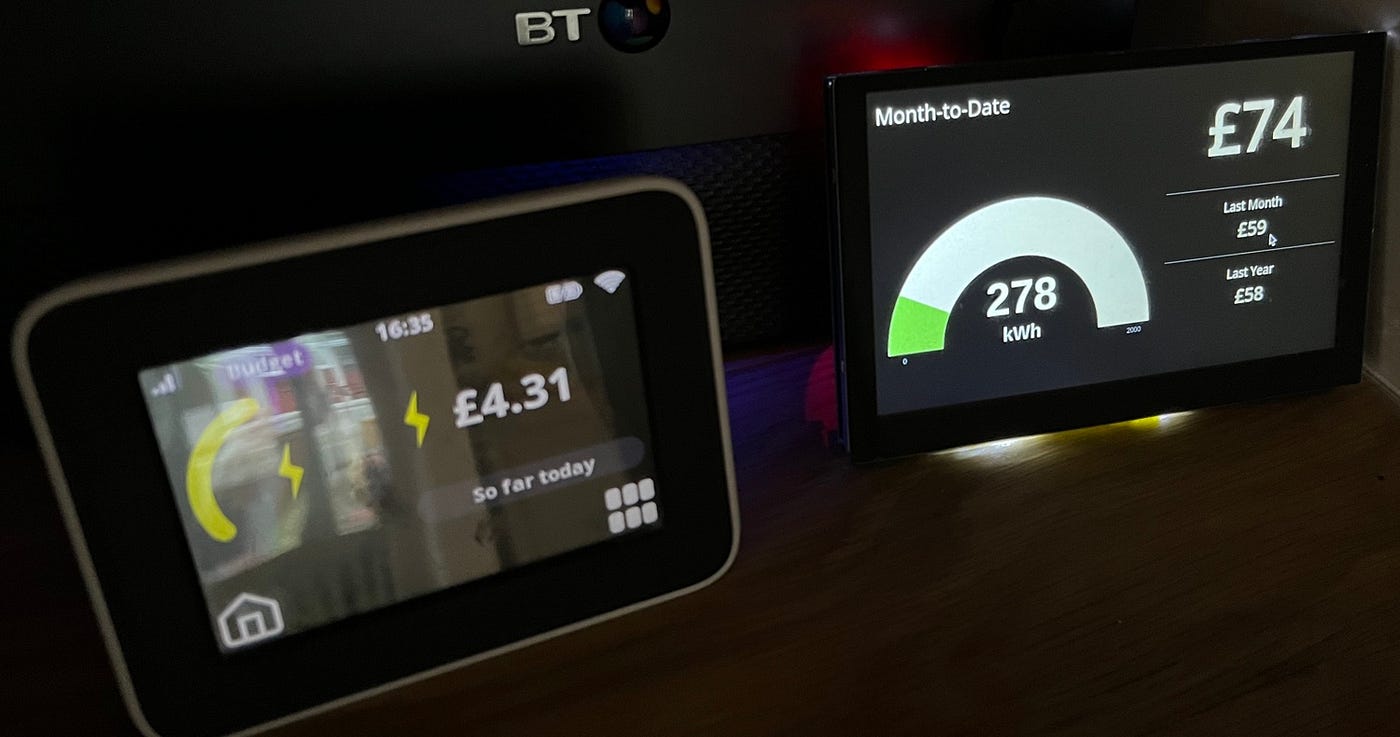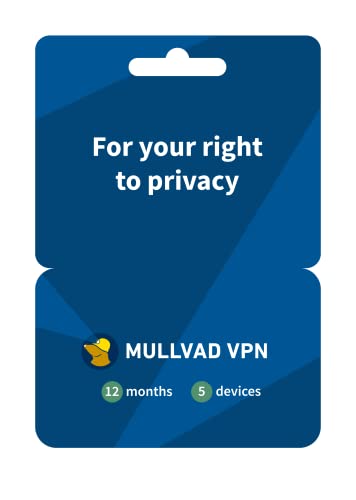Imagine never worrying about your pet’s mealtime again. Automated pet feeding systems are designed to make your life easier and keep your furry friend happy and healthy.
Whether you’re busy at work or away for the weekend, these smart devices ensure your pet gets the right amount of food at the right time. If you want to save time, reduce stress, and provide consistent care for your pet, this article will show you exactly how automated feeders can transform your daily routine.
Keep reading to discover the benefits, features, and tips for choosing the perfect system for your beloved companion.

Credit: www.amazon.com
Benefits Of Automated Feeding
Automated pet feeding systems help pet owners feed their pets easily. These devices deliver food at set times without needing help.
They bring many benefits that improve the daily routine of both pets and owners. Feeding becomes simple and more controlled.
Time-saving Features
Automated feeders save time by giving food without your presence. You can set feeding schedules and the machine will do the work.
This allows you to focus on other tasks without worrying about your pet’s meals. You can even be away and still feed your pet on time.
Consistent Meal Portions
These systems deliver exact food amounts every time. This helps avoid overfeeding or underfeeding your pet.
Consistent portions support healthy weight and prevent diet problems. You control how much your pet eats each meal.
Improved Pet Health
Regular feeding times help pets maintain good digestion and energy levels. Pets get food at the right times every day.
Automated feeding reduces stress and hunger. This leads to better behavior and overall health for your pet.
Types Of Automated Feeders
Automated pet feeding systems help feed pets without needing constant human care. They come in many types to fit different needs.
Each type offers unique features to control when and how much your pet eats. Choosing the right feeder depends on your pet’s habits and your schedule.
Gravity Feeders
Gravity feeders work by using gravity to fill the pet’s bowl with food. As the pet eats, more food falls into the bowl automatically.
These feeders do not need electricity or batteries. They are simple and reliable for dry food.
- Easy to use and clean
- No power required
- Good for pets that eat small meals often
- Not precise in portion control
Programmable Feeders
Programmable feeders let you set specific feeding times and amounts. You can schedule meals ahead of time for your pet.
These feeders use batteries or electricity. They work well for pets that need exact portions or timed feedings.
- Set multiple meal times per day
- Control portion sizes
- Helps manage pet diet and weight
- Requires power source
Smart Wi-fi Feeders
Smart Wi-Fi feeders connect to your phone or tablet. You can feed your pet remotely and monitor feeding history.
These feeders often include cameras and voice features. They give you more control and interaction with your pet.
- Remote feeding via app
- Track pet feeding times and amounts
- Some models have cameras and microphones
- Needs Wi-Fi and power
Choosing The Right Feeder
Automated pet feeders help keep your pet fed on time. Picking the right feeder is important for your pet’s health.
Different feeders suit different pets and lifestyles. Think about what works best for your pet and your home.
Consider Pet Size And Diet
Pet size affects how much food the feeder must hold. Small pets need smaller portions than large pets.
Check if the feeder handles your pet’s type of food. Some feeders work best with dry food only.
- Small pets need feeders with smaller trays
- Large pets need bigger storage capacity
- Wet food feeders require special cleaning
- Dry food feeders often have simple designs
Evaluate Feeding Schedule Needs
Think about how many meals your pet needs each day. Some feeders allow multiple feeding times.
Choose a feeder with a timer if you want to set exact feeding times. This helps pets eat regularly.
- Single-meal feeders are simple and easy to use
- Multi-meal feeders give food in small portions
- Programmable feeders control feeding times and amounts
Assess Budget And Durability
Feeder prices vary a lot. Set a budget before shopping to avoid overspending.
Look for feeders made with strong materials. Durable feeders last longer and resist damage.
- Plastic feeders are affordable but may break easily
- Metal feeders tend to be more durable
- Check reviews for reliability and build quality
- Consider warranty or customer support options

Credit: www.amazon.com
Setting Up Your Feeder
Automated pet feeding systems save time and keep pets on a regular diet. Setting up your feeder correctly is important. It ensures your pet gets the right amount of food at the right time.
Follow these steps to program meal times, load food properly, and keep the feeder clean. Proper setup helps your pet stay healthy and happy.
Programming Meal Times
Most feeders let you set specific times for meals. Use the control panel or app to choose when your pet eats. Set meal sizes if your feeder supports it.
Set feeding times that match your pet’s daily routine. Avoid too many meals in a short time. Consistent feeding helps your pet stay calm and well-fed.
- Choose exact hours and minutes for each meal
- Set portion sizes according to your pet’s needs
- Program a few meals per day for best results
- Double-check times and portions before starting
Loading Food Properly
Use dry pet food for most automated feeders. Fill the food container without overpacking it. Overfilling can cause jams or uneven feeding.
Check the feeder’s food tray and hopper before use. Remove old food to avoid mold or pests. Make sure the food flows smoothly from the container to the bowl.
- Use dry kibble for best performance
- Fill food container but do not overpack
- Remove old or stale food before refilling
- Check for blockages in the food path
Maintaining Cleanliness
Clean your feeder regularly to keep your pet safe. Wash the food tray and container with warm, soapy water. Rinse well and dry completely before use.
Wipe the exterior and check for food crumbs. Keeping the feeder clean prevents bacteria and pests. Clean feeders work better and last longer.
- Wash food tray and container weekly
- Use mild soap and warm water
- Dry all parts before refilling food
- Wipe feeder exterior to remove dust and crumbs
Common Challenges
Automated pet feeding systems help feed pets on a schedule. They save time for pet owners. Still, some challenges come with using them.
Knowing these common issues can help owners prepare and use the systems better.
Technical Glitches
Technical problems can cause the feeder to stop working or feed at wrong times. Power outages or low batteries can also affect the system.
Sometimes the app or control panel may not connect well to the feeder. This can make it hard to change settings or check the feeding status.
- Power failures may stop feeding
- Battery life needs regular checking
- App connection can be unstable
- Mechanical parts might jam or break
Pet Adjustment Period
Pets may need time to get used to automated feeders. They might ignore the feeder at first or seem confused.
Some pets prefer the owner’s presence during feeding. It can take days or weeks before pets fully accept the system.
- Pets may not eat at first from the feeder
- Some pets miss personal feeding time
- Patience is needed for adjustment
- Training can help pets use the feeder
Food Storage Concerns
Food in the feeder must stay fresh and safe. Some feeders have small storage areas that need refilling often.
Improper storage can cause food to spoil or attract pests. It is important to clean the feeder regularly and store extra food properly.
- Check food freshness often
- Clean feeder to avoid mold or bugs
- Store extra food in sealed containers
- Refill feeder before food runs out

Credit: www.amazon.com
Enhancing Pet Care With Technology
Automated pet feeding systems help pet owners care for their animals. They use technology to make feeding easier and more precise.
These systems save time and ensure pets eat the right amount at the right time. Technology improves pet health and routine.
Integration With Smart Home Devices
Automated feeders can connect with smart home devices like Alexa or Google Home. This lets owners control feeding with voice commands.
Integration helps pet care fit smoothly into daily routines. Owners can check feeding schedules through smart home systems.
- Voice control for feeding times
- Sync feeding with home routines
- Alerts through smart home notifications
Monitoring Feeding Via Apps
Many feeders come with apps to monitor pets’ eating habits. Owners can see when and how much their pet has eaten.
Apps often allow changing feeding times and portions remotely. This helps adjust care based on pet needs or schedules.
- Real-time feeding updates
- Remote control of feeding amounts
- History tracking for health insights
Future Innovations In Feeding Systems
New technologies will make feeders smarter and more adaptive. Sensors may track pet health and adjust food automatically.
Future feeders might use AI to learn pets’ habits. They could suggest diet changes or alert owners to problems early.
- Health monitoring sensors
- Artificial intelligence feeding plans
- Automatic food refills and ordering
Frequently Asked Questions
What Are Automated Pet Feeding Systems?
Automated pet feeding systems are devices that dispense food to pets on a set schedule. They help maintain regular feeding times and portion control. These systems ensure pets are fed even when owners are away. They improve pet health and convenience for owners.
How Do Automated Pet Feeders Work?
Automated feeders release food at programmed intervals. Owners set feeding times and portions using a control panel or app. The feeder dispenses precise amounts of food to avoid overfeeding. Some models include voice recording to call pets during feeding.
Are Automated Pet Feeders Safe For Pets?
Yes, they are safe when used correctly. Most feeders are designed with pet-friendly materials and secure food compartments. Proper cleaning and maintenance prevent contamination. Always choose feeders suitable for your pet’s size and dietary needs.
Can I Control Pet Feeders Remotely?
Many modern feeders offer remote control via smartphone apps. Owners can adjust feeding schedules and portions from anywhere. Some models send notifications when food is dispensed or running low. Remote control enhances flexibility and peace of mind.
Conclusion
Automated pet feeding systems simplify pet care. No more worrying about meal times. These devices ensure consistent feeding, keeping pets happy and healthy. Busy schedules can lead to missed meals. With automated feeders, pets get timely nutrition. These systems offer convenience and peace of mind.
Pet owners can travel or work late, stress-free. Technology helps maintain a routine for your furry friends. Investing in an automated feeder means more freedom. And happier pets. Easy to use, reliable, and efficient. A smart choice for every pet owner.
Embrace the future of pet care today.
18 min read

